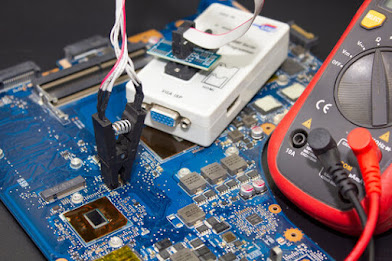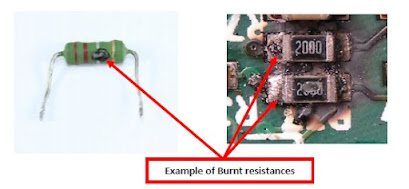Soft Computing Tutorial: Application, Examples, Techniques, & Advantages!
What is Soft Computing?
Soft Computing is an emerging approach to computing that gives the remarkable ability of the human mind to argue and learn in the atmosphere of uncertainty and distrust.
Soft Computing is based on some biological induced methods such as genetics, development, and behavior, the warm of particles, the human nervous system, etc. The journal of Soft Computing has more demand in the International market because this computing work on the real time application areas such as Fuzzy Logic, Expert System, Computational computing, and Artificial Neural network System.
Soft Computing Tutorial Headlines:
In this section, we will show you all headlines about this entire article; you can check them as your choice; below shown all:
- What is Soft Computing?
- Need of Soft Computing
- Importance of Soft Computing
- Application of Soft computing
- Advantages of Soft Computing
- Principles of Soft Computing
- Soft Computing vs Hard Computing
- Applied Soft Computing
- Soft Computing Techniques
Need of Soft Computing
Now Soft Computing is the only solution when we do not have any mathematical modeling of problem-solving (i.e., algorithm), in real-time, there is a need to solve a complex problem, adapt with the changed scenario and be implemented with parallel computing. It has massive applications in many application zones such as medical diagnosis, computer vision, machine intelligence, weather forecasting, network optimization, LSI design, pattern recognition, handwritten character improvement etc.
Importance of Soft Computing
Soft Computing vs Hard Computing
There are three types of techniques, which are used in soft computing; below explain each one:
Artificial Neural Networks in Soft Computing
Human brains in a way describe the real world conditions, which computers cannot. In order to solve this issue, for the first time, neural networks were developed in the 1950s. An artificial neural network is an attempt to emulate a network of neurons that make a human brain so that computers can be able to learn things and make decisions in a human way. ANN is made by regular computer programming as if they are mutually associated with brain cells.
Fuzzy Logic in Soft Computing
Fuzzy logic is a mathematical logic, which attempts to solve problems with an open, imprecise spectrum of data that makes it possible to get an array of precise findings. Fuzzy logic is designed to be considered the best possible decision by considering all available information and looking an input.
Genetic Algorithm in Soft Computing
Nature is and will always be an amazing source of inspiration for all of mankind. Genetic algorithms (GA) take all their inspiration from nature, and there are no less genetic algorithms based on search-based algorithms that find its roots in natural selection and concepts of genetics. The genetic algorithm is also a subset of a large branch of computation (also called evolutionary computation).
Likely Asked Questions
What is meant by soft computing?
Soft computing is an emerging approach to computing that gives the remarkable ability of the human mind to argue and learn in the atmosphere of uncertainty and distrust.
Why do we need soft computing?
In the area of Big Data, soft computing plays the major role for getting to analysing the problem at the base of algorithm and performs for precise results.
Who invented soft computing?
Soft computing is invented by L.A. Zadeh in the early 90’s.
What is soft computing in AI?
Soft computing is going to use in to engineering areas such as mining, automotive, and so on. Main goal of AI is to make machines intelligent. Soft computing gets to deal along with imprecision and probabilities, therefore AI require the appropriate data to analyze.
What is the scope of soft computing?
Soft computing offers the rapid dissemination of important output in the soft computing foundation, applications, and methodologies. So, it is going to encourage the integration of soft computing theoretical and practical output into both advanced and real life applications.
What are the different application areas of soft computing in real life?
Above in this article, we already have explained several application areas of soft computing in daily life; you can check them.
Where soft computing is used in real time?
Data mining, optimization, fault diagnosis, pattern recognition, signal processing, pattern recognition, signal processing, and so on.
What are real life examples of soft computing?
Home Appliances: Refrigerators, microwaves, washing machines, etc.
What are different types of soft computing techniques?
There are main techniques, which are used into soft computing like as evolutionary computing, artificial neural networks, and fuzzy logic and Bayesian statistics.
What are characteristics of soft computing?
There are many characteristics of soft computing such as:
- Work as human being reasoning
- Nearest human thinking
- Biological inspiration
- Tolerance to imprecision
What are the main advantages of soft computing?
Through this post, we already have been shown many advantages of soft computing; you can read them.







Comments
Post a Comment